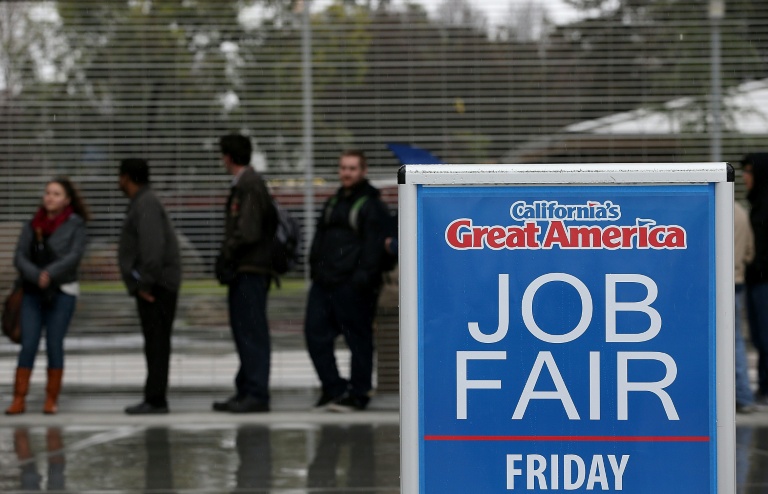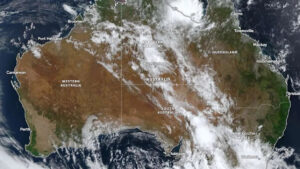
Stock markets around the world experienced a rebound on Monday, buoyed by expectations of potential interest rate cuts by the US Federal Reserve following disappointing job creation figures. The US economy added only 73,000 jobs in July, significantly below the forecast of 104,000, while the unemployment rate rose to 4.2 percent from 4.1 percent. This data, released on Friday, raised concerns about the impact of tariffs imposed by the Trump administration and inflation, which is expected to approach 3 percent.
The unexpected jobs report triggered a sell-off on Wall Street, with the S&P 500 and Dow Jones Industrial Average each dropping over 1 percent, and the Nasdaq losing more than 2 percent. The situation was exacerbated by the announcement that numerous countries would face tariffs ranging from 10 to 41 percent, although the implementation date has been postponed to Thursday. As traders await further discussions between Washington and other nations aimed at reducing these tariffs, the focus turns to the potential for monetary policy adjustments.
Analysts noted that the Federal Reserve’s stance on interest rates could shift dramatically as a result of the latest job figures. Following the release of the report, expectations for a 50-basis-point reduction in rates during the September meeting surged, with some market predictions now pricing in an 88 percent probability of at least a 25-basis-point cut. In response to the job data, yields on US Treasury bonds fell sharply, indicating that investors are anticipating a more accommodative monetary policy.
While Asian markets began the trading day with losses, they turned positive as the session progressed. Notable gains were recorded in Hong Kong, Shanghai, Sydney, Seoul, Singapore, Manila, Mumbai, and Bangkok, although Tokyo, Wellington, Taipei, and Jakarta saw declines. European markets also opened positively, with London, Paris, and Frankfurt showing modest increases. Meanwhile, Swiss shares fell by more than 2 percent.
The US dollar struggled against major currencies, continuing its downward trajectory after the jobs report. George Brown, a senior economist at Schroders, commented on the unexpected labor market data, stating, “All signs pointed to a solid US labor market. But that has been put into question by July’s US jobs report.” He pointed out that significant downward revisions to job gains in May and June raised concerns about the overall health of the economy.
The pressure on Fed Chairman Jerome Powell to lower rates has intensified, especially following President Trump’s public criticism of the Federal Reserve’s actions. The announcement that Governor Adriani Kugler will step down six months early adds another layer of complexity to the Fed’s decision-making process, potentially allowing the President to exert greater influence.
Ray Attrill from the National Australia Bank highlighted the importance of maintaining the credibility of the Federal Reserve and the accuracy of the statistics that inform their decisions. “Fed officials, such as New York President John Williams, profess to be open-minded about the September meeting, but the market has already decided they are cutting,” he noted.
In the commodities market, oil prices edged slightly higher despite ongoing supply concerns. This follows an agreement among OPEC and other significant producers to increase output, coupled with signs that the tariffs are impacting the economy. After a nearly 3 percent decline on Friday, West Texas Intermediate crude rose by 0.2 percent to $67.48 per barrel, while Brent North Sea crude increased by 0.1 percent to $69.73 per barrel.
As investors look to the future, the coming days will be crucial in determining the trajectory of markets and monetary policy amid rising uncertainties.







